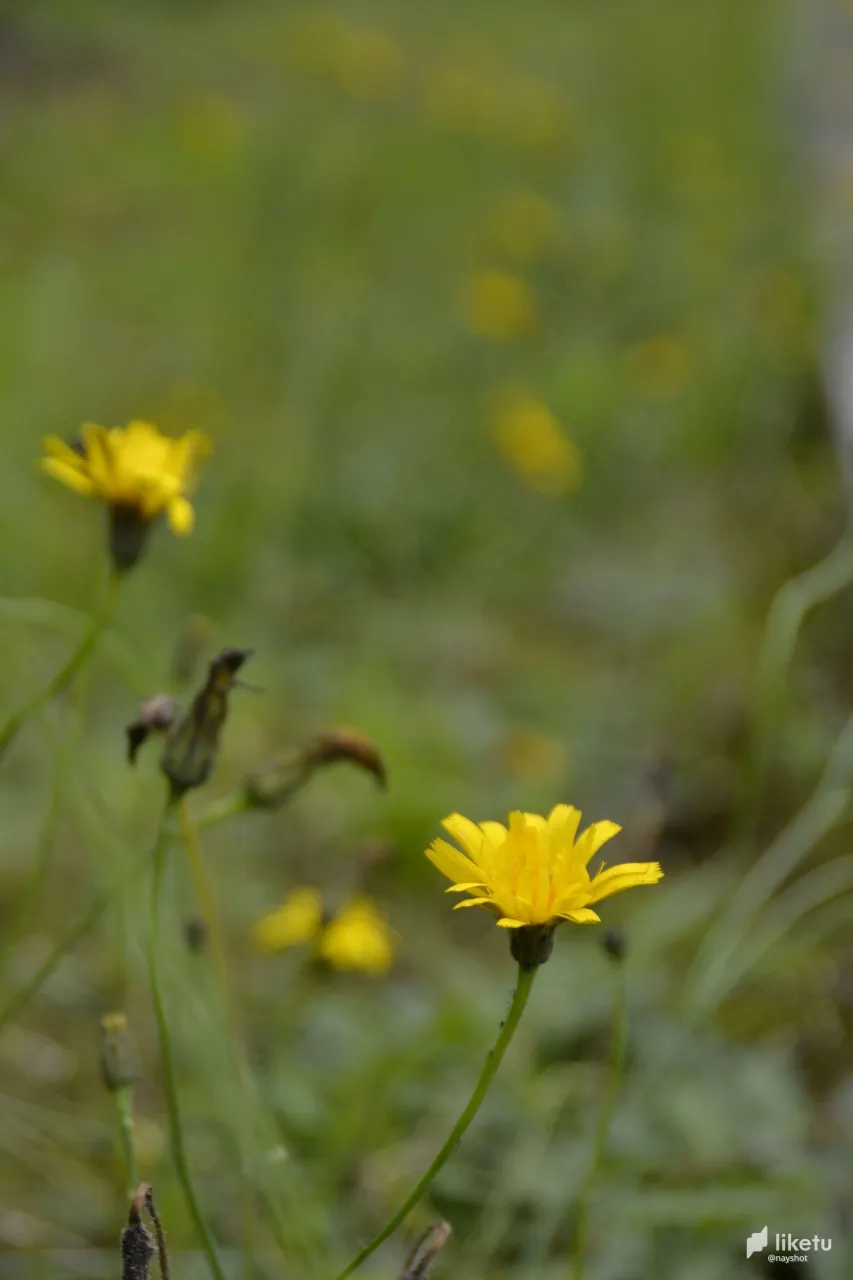
Hi Hive friends, today I want to share with you a single photo of a flower, I often find myself with my camera and phone storage full, as they are my work tool and I take a lot of pictures and videos. Every now and then I find myself deleting old or discarded material. Therefore, sometimes when I have found a nice scenery I have opted to take a single photograph, making sure to achieve my purpose. This is the case of this photograph, in which I took a single shot. I often like to achieve in my photographs a marked blur of the background, achieving it with my camera just without the intervention of digital editing is something that satisfies me.
Hola amigos de Hive, hoy quiero compartir con ustedes una simple foto de una flor, con frecuencia me encuentro con el almacenamiento de mi cámara y mi teléfono full, pues son mi herramienta de trabajo y tomo muchas fotografías y videos. Cada tanto me veo borrando material viejo o que he descartado. Por ello, en ocasiones cuando me he encontrado con un bonito escenario he optado por hacer una única fotografía, eso sí, asegurándome de conseguir mi propósito. Este es el caso de esta fotografía, en la que hice un único disparo. Con frecuencia me gusta lograr en mis fotografías un desenfoque marcado del fondo, lograrlo solo con mi cámara sin la intervención de edición digital es algo que me satisface.
About this flower that I got on my way, I can say that it is a flower whose scientific name is Hypochaeris Radicata, according to Wikipedia is native to Europe, but has been introduced in virtually all continents, I have found it in the Venezuelan Andes. Its intense yellow color makes it a very attractive plant and its elongated petals with a mostly straight edge distinguish it from many similar flowers.
Acerca de esta flor que conseguí en mi camino, puedo decir que se trata de una flor cuyo nombre científico es Hypochaeris Radicata, según Wikipedia es nativa de Europa, pero ha sido introducida en prácticamente todos los continentes, yo la he encontrado en los Andes venezolanos. Su color amarillo intenso, la hacen una planta muy atractiva y sus pétalos alargados con el borde en su mayor parte recto la distinguen de muchas flores similares.
Thank you for your attention, I hope you liked my post
.
Gracias por su atención, espero les haya gustado mi publicación
